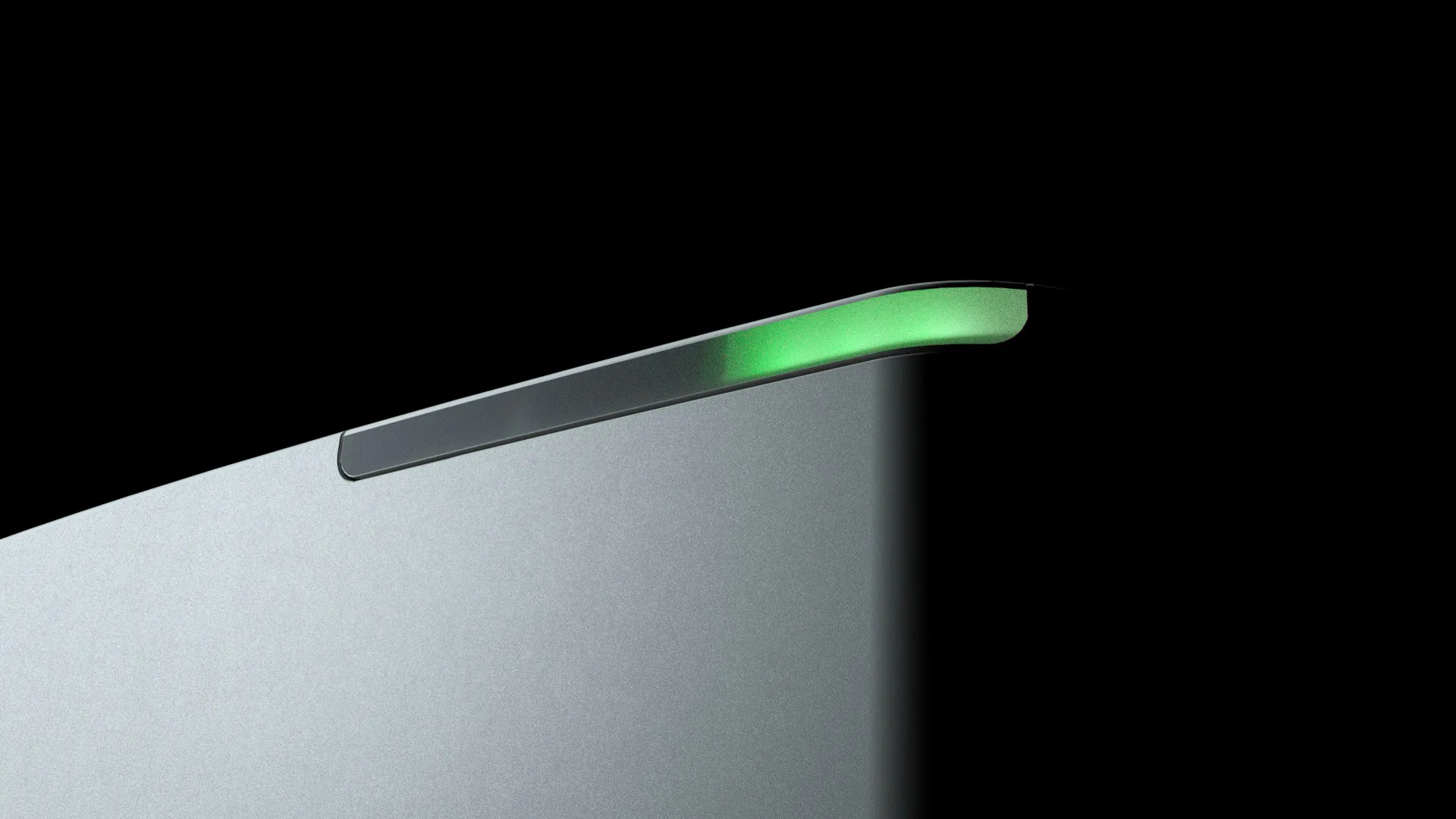

Pushing boundaries in protein structure-function analysis: How MMS exceeds CD spectroscopy at in-situ detection and characterization of structural changes in proteins
The interplay between protein structure and function is well recognized but often scarcely understood. This molecular-level understanding is required not only for studying cellular processes, but also for developing drug agents suitable for specific biological targets. However, characterization of protein higher order structures (HOS) is challenging due to its complexity in the three-dimensional arrangement and the connection between their local and global structural organization. The gold standard for protein HOS analysis is x-ray crystallography and NMR spectroscopy as they provide high-resolution three-dimensional information on protein structure.
These techniques are not simple though, requiring immense analytical effort, and are limited in buffer compatibility and low in throughput. Instead, secondary structure can also be used as a reporter for local and global structural differences in proteins. In this study, we compare two secondary structure analytical techniques, Microfluidic Modulation Spectroscopy (MMS) and Circular Dichroism (CD) spectroscopy on the analysis of a beta-sheet-rich protein. Since this protein is known to oligomerize upon crowding, we particularly focus on identifying potential structural changes at increasing concentrations.

App Note Form
Please complete the form to download the full app note.

